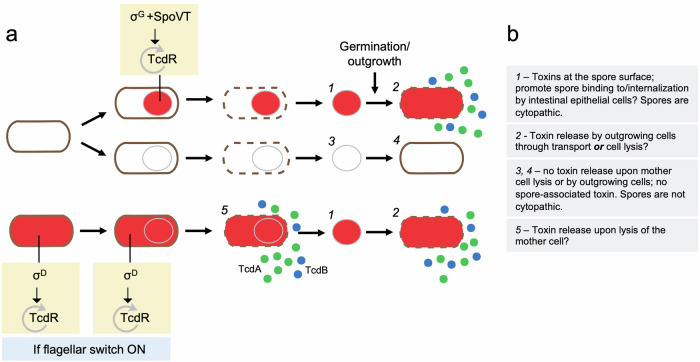Fig. 7. Functionally differentiated cell and spore populations.
a Schematic representation of vegetative cells expressing the toxin-encoding genes (red filling) or not and their patterns of expression during sporulation (whole sporangium or forespore-specific). Five different possible functional classes (1 to 5) are highlighted with respect to the expression pattern of the toxin-encoding genes, the association of the toxins with spores and their release through lysis of the mother or following spore germination and outgrowth. The main regulatory proteins involved in the control of TcdR production are shown. If the flagellar switch is in the ON state93 σD primes the TcdR auto-regulatory loop in vegetative cells and in the mother cell during sporulation. In the forespore, however, the TcdR auto-regulatory loop is primed by σG together with SpoVT. b The expected properties of classes 1 to 5 are summarized in the panel.

